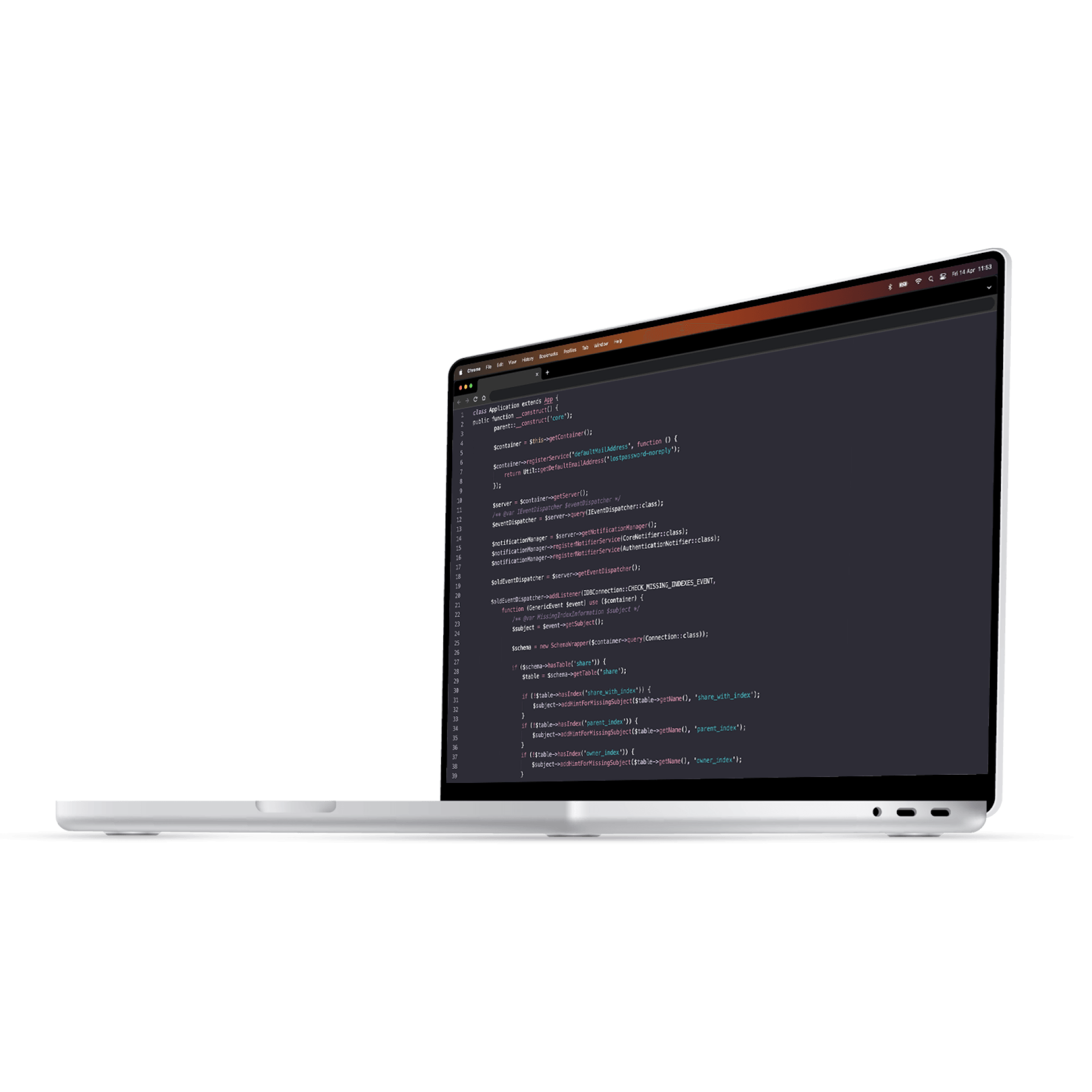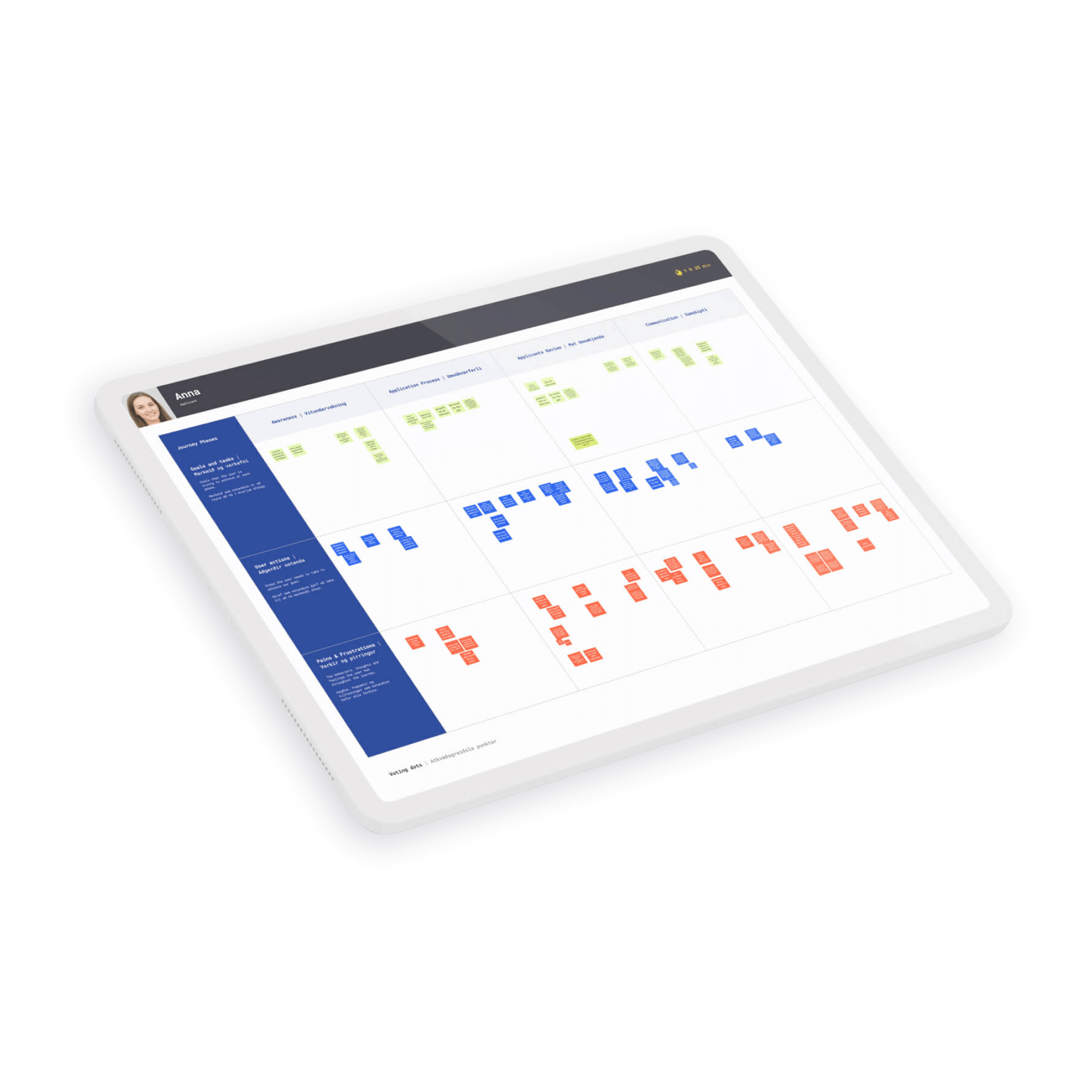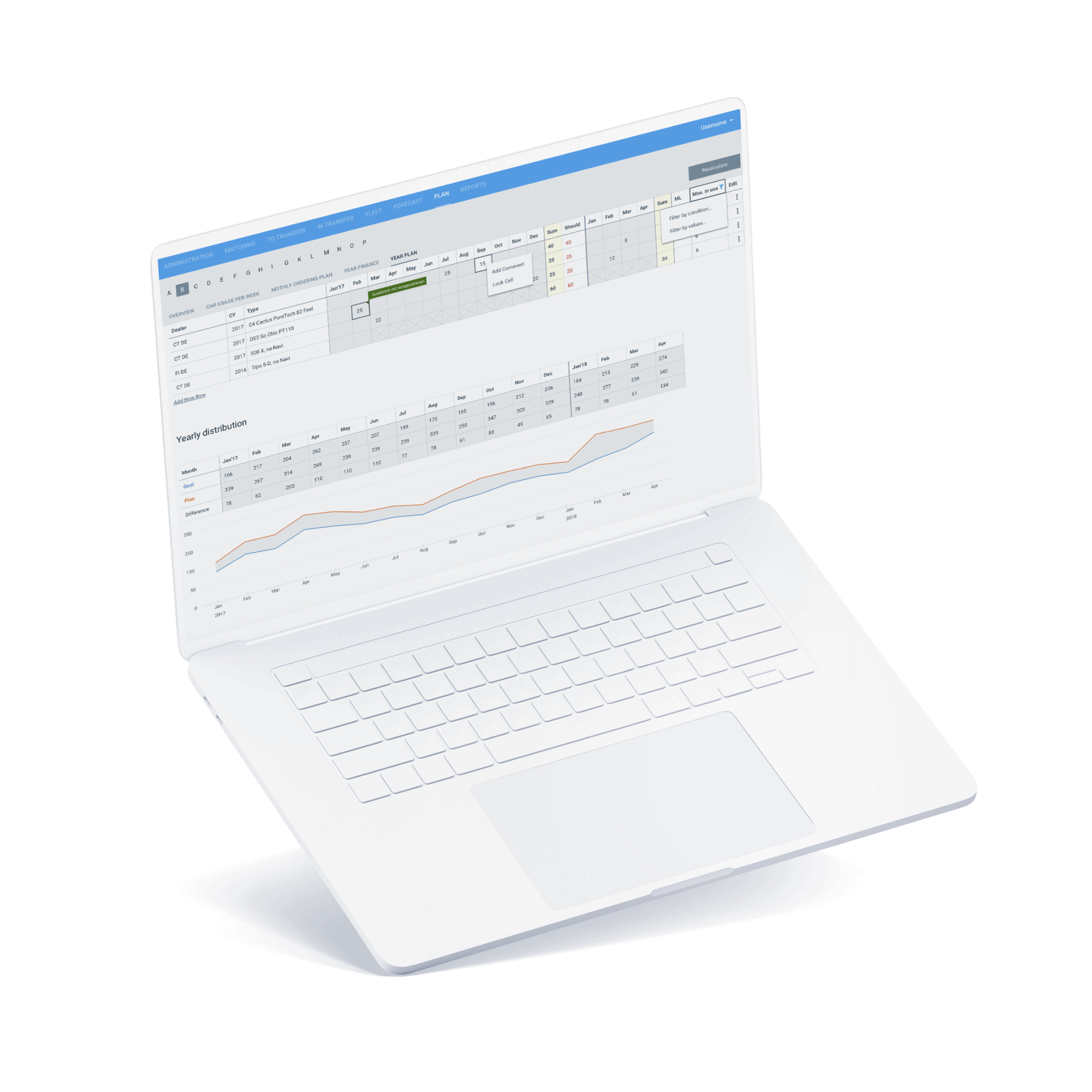
In this comprehensive guide, we'll discuss the stages of the software product life cycle, discover key challenges faced at each juncture, and uncover best practices that can keep your custom app development projects on track.
Whether you're a seasoned developer or a business owner exploring the world of software creation, this article contains actionable insights that pave the way to software product delivery.
- The stages of the Software Product Life Cycle: Understand each phase of the SPLC—from inception to maintenance—and how managing them effectively ensures a successful product.
- The importance of agility and flexibility: Discover how adopting agile methodologies allows teams to adapt to market changes and meet user needs.
- Best practices for successful delivery: Learn essential strategies, like setting clear goals, embracing collaboration, and focusing on user feedback, to keep your development on track.
What is the software product life cycle?
The software product life cycle serves as a roadmap for the entire journey from ideation to deployment and beyond. This life cycle consists of distinct stages, each contributing to the development process and demanding specific considerations.
A clear understanding of these stages empowers software developers, project managers, and stakeholders to achieve the following:
- Efficient resource allocation: Companies can learn how to manage human resources, time, and finances optimally. It ensures that development stays on track while avoiding wastage.
- Adaptability and flexibility: The challenges and demands at different life cycle stages teach companies the value of adaptability. Knowing how and when to pivot and adjust strategies allows businesses to respond effectively to market shifts.
- User-centric design: The life cycle emphasises the significance of user feedback and testing throughout development. Companies can position users at the centre of design decisions. It results in products that are more efficient and aligned with user expectations.
- Risk management framework: It allows organisations to anticipate potential issues at each stage and implement mitigation strategies accordingly.
Additionally, organisations that follow a structured product life cycle can improve collaboration between cross-functional teams. This ensures that everyone, from developers to marketers, has a unified understanding of project goals and progress. Furthermore, the structured approach enables better compliance and security management, which is particularly crucial for industries with strict regulatory requirements such as healthcare, finance, and government sectors.
Modern software development practices have introduced variations to the traditional lifecycle, including DevOps and continuous delivery models, which blur the boundaries between stages and emphasise automation and frequent delivery of value. These approaches can significantly reduce time-to-market whilst maintaining quality standards.

Stages of the software product life cycle
Stage 1: Inception and ideation
The journey begins with identifying a market need or an opportunity. This stage involves brainstorming, market research, and conceptualisation. Defining the scope, goals, and feasibility of the project sets the foundation for the entire life cycle.
Key challenge: Unclear market need or unrealistic expectations.
Solution: Conduct thorough market research, engage potential users, and validate assumptions to ensure product viability.
Stage 2: Requirements gathering
In this stage, gathering accurate and comprehensive requirements is essential. Engage stakeholders to identify user needs, functional specifications, and technical requirements. Clarity at this stage minimises scope changes and prevents costly rework.
Key challenge: Incomplete or changing requirements.
Solution: Establish a clear communication channel with stakeholders, prioritise features, and document requirements comprehensively. Use agile methodologies for flexibility.
Stage 3: Design and planning
Designing the architecture, user interface, and database structure occurs here. Product design development also includes creating a roadmap with milestones, allocating resources, and planning development phases. Clear communication among team members ensures a shared vision and eliminates ambiguities
Key challenge: Overcomplicated design or lack of scalability.
Solution: Focus on simplicity and modularity. Involve experienced architects to ensure a well-structured design that aligns with the project's goals.

Stage 4: Development
This is where the coding begins. Developers write, test, and refine code based on the requirements and design. Regular code reviews, continuous integration, and automated testing ensure code quality and reduce the likelihood of defects.
Key challenge: Scope creep and inconsistent code quality.
Solution: Adhere to the agreed-upon requirements. Implement code review processes, automated testing, and coding standards to maintain code quality.
Stage 5: Testing and quality assurance
Comprehensive testing validates the software against requirements. Conduct unit, integration, system, and user acceptance testing. Addressing bugs and issues early prevents them from escalating in later stages.
Key challenge: Inadequate testing coverage and overlooked edge cases.
Solution: Develop a comprehensive test plan, automate repetitive tests, and perform exploratory testing. Engage end-users to identify real-world scenarios.
Stage 6: Deployment
The software is ready for deployment to the production environment. Thorough testing in a production-like environment mitigates deployment risks.
Key challenge: Deployment-related issues and downtime.
Solution: Plan deployment meticulously, perform testing in a production-like environment, and have a rollback strategy in place. Automate deployment processes for consistency.
Stage 7: Maintenance and support
After deployment, the software enters its maintenance phase. Regular updates, bug fixes, and enhancements are carried out. Monitoring user feedback and performance metrics helps prioritise improvements, while continuous technical support ensures issues are swiftly addressed.
Key challenge: Balancing new feature requests and bug fixes.
Solution: Prioritise enhancements based on user feedback and business impact. Maintain a backlog and allocate resources accordingly to prevent overwhelming the development team.

Best practices for keeping your app development on track
When it comes to app development, sticking to proven best practices is essential for a smooth journey. These strategies will help you maintain focus, overcome challenges, and create outstanding software products.
- Set clear goals and expectations: Define the project's scope, goals, and success criteria from the outset. This clarity guides decision-making and keeps the team aligned.
- Embrace agile methodologies: Adopt agile practices to facilitate adaptability, collaboration, and incremental development. Regularly review progress and adjust the project's direction as needed.
- Continuous communication: Maintain open and transparent communication among team members and stakeholders. Regular updates, meetings, and clear documentation prevent misunderstandings.
- Prioritise user-centricity: Always keep the end-users in mind. Gather feedback, conduct user testing, and iterate based on real-world usage.
- Partner with the right development company: Choose a reputable, experienced development company that aligns with your project's goals and values. Collaborating with experts ensures a smoother development process and a higher likelihood of success.
- Invest in quality assurance: Allocate resources for testing and quality assurance. Automated testing, code reviews, and user acceptance testing contribute to a robust and reliable product.
- Monitor performance and metrics: Implement monitoring tools to track the software's performance and user engagement. This data-driven approach helps identify areas for improvement.
- Learn from the lifecycle: Extract valuable insights from the software product life cycle to enhance your future projects.
Key considerations for optimising the software product life cycle
Cloud computing allows businesses to scale their infrastructure easily and cut costs. Software becomes more flexible and easier to maintain through cloud migration, as well as the use of cloud-native apps, serverless computing, and microservices.
Regulatory compliance is another important factor to consider because different industries have strict rules around data security, user privacy, and accessibility. Making sure your software follows standards like GDPR, HIPAA, or PCI-DSS from the start can help avoid legal issues down the line.
Good documentation is essential throughout the software life cycle. Clear documentation for code, APIs, and user guides makes it easier for new team members to join and ensures smooth handovers. It also helps with troubleshooting and planning for future growth.
Cybersecurity is something that needs to be addressed, using secure coding practices, carrying out regular security audits, and integrating automated security tests help protect user data and prevent vulnerabilities. Cybersecurity must be a focus throughout the development process. Using secure coding practices and regularly reviewing security measures helps protect user data and prevent potential vulnerabilities.
Key challenges of the software product lifecycle
Beyond the structured stages of the software product life cycle (SPLC), various challenges arise that require careful management. By adhering to these practices, you’ll ensure a more efficient development process and a higher-quality end result.
- Managing changing requirements: As market demands evolve, projects often face shifting requirements. Without proper documentation and Agile transformation, scope creep can lead to delays and increased costs.
- Ensuring software quality and security: Quality assurance and security testing must be embedded throughout development to prevent vulnerabilities and ensure compliance with industry standards.
- Handling scalability and performance issues: As user bases grow, software must be optimised to handle increased load while maintaining performance and reliability.
- Dealing with competition and market trends: Rapid technological advancements necessitate ongoing innovation to maintain relevance and market competitiveness.
Taking the first steps
As you navigate the software product life cycle, remember that success involves proactively addressing challenges and adhering to best practices. Effective communication throughout the team is important for identifying potential issues early on.
Implementing a structured approach to requirements management from the earliest stages helps prevent scope creep and ensures alignment with business objectives throughout the lifecycle. Whether you're a developer striving for code excellence or a business leader aiming for a profitable product launch, following these guidelines can lead to a smoother software development journey. Consider combining the strengths of both traditional and agile approaches and adapting them to fit your specific project requirements and organisational culture.
Additionally, staying flexible and receptive to feedback fosters ongoing improvement and refinement of the product, helping ensure it aligns with user needs and evolves to meet market demands. Regular checkpoint reviews at each lifecycle stage provide opportunities to validate that the project remains on track and delivers value.
Building cross-functional teams with clear responsibilities facilitates smoother transitions between lifecycle stages and encourages knowledge sharing, reducing bottlenecks and dependencies.
For organisations undergoing digital transformation, the software product lifecycle offers a framework for managing change systematically. Investing in comprehensive documentation throughout the lifecycle creates a valuable knowledge base that supports maintenance, onboarding, and future enhancements at the same time reducing operational risks associated with staff turnover.
Finally, establishing a continuous feedback loop with end-users throughout the entire lifecycle ensures the product evolves in alignment with actual user needs rather than perceived requirements.

FAQs
The software product lifecycle is the process when a software product goes through from its creation to its retirement. It includes planning, designing, developing, testing, launching, and maintaining the software.
The 7 stages of the Software Development Life Cycle (SDLC) are:
1. Inception and ideation
2. Requirements gathering
3. Design and planning
4. Development
5. Testing and quality assurance
6. Deployment
7. Maintenance and support
SDLC can be used with both Waterfall and Agile methods. Waterfall is a step-by-step process where each phase is completed before moving to the next. Agile is flexible and works in small, repeating cycles (called sprints), allowing for ongoing improvements and changes.
Related Insights








The breadth of knowledge and understanding that ELEKS has within its walls allows us to leverage that expertise to make superior deliverables for our customers. When you work with ELEKS, you are working with the top 1% of the aptitude and engineering excellence of the whole country.

Right from the start, we really liked ELEKS’ commitment and engagement. They came to us with their best people to try to understand our context, our business idea, and developed the first prototype with us. They were very professional and very customer oriented. I think, without ELEKS it probably would not have been possible to have such a successful product in such a short period of time.

ELEKS has been involved in the development of a number of our consumer-facing websites and mobile applications that allow our customers to easily track their shipments, get the information they need as well as stay in touch with us. We’ve appreciated the level of ELEKS’ expertise, responsiveness and attention to details.

